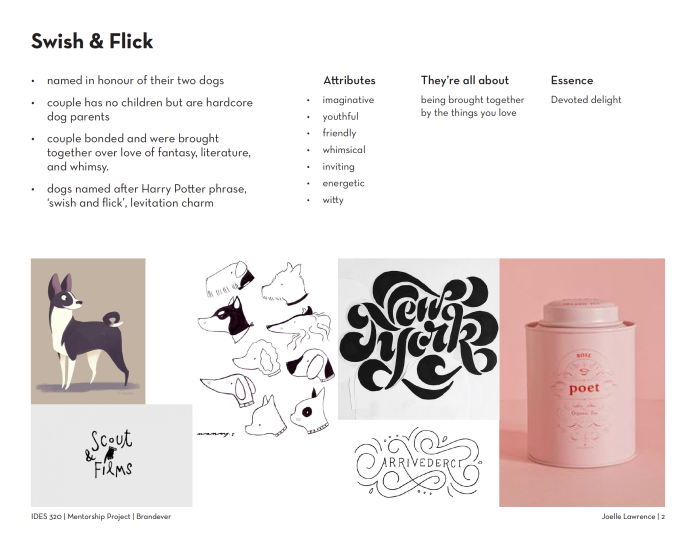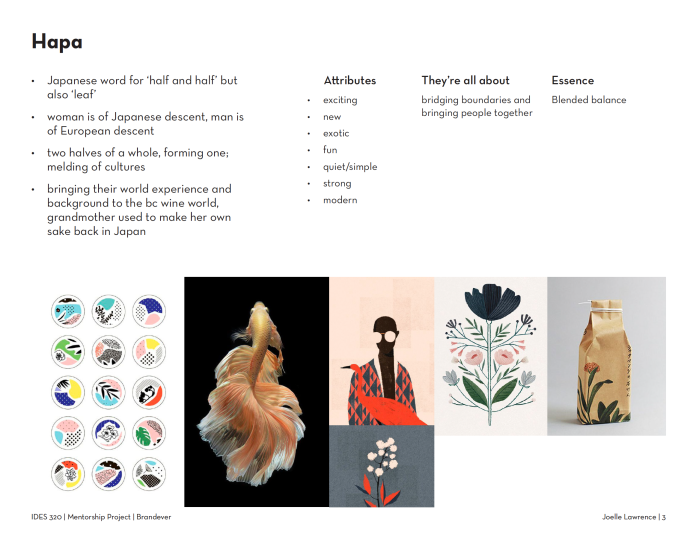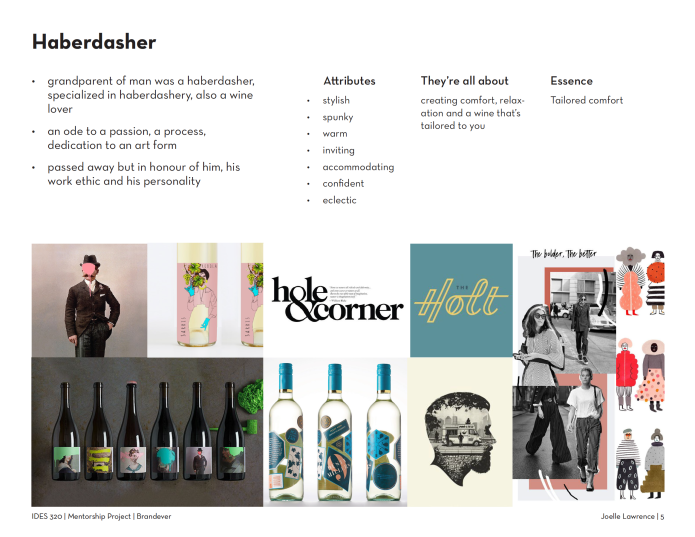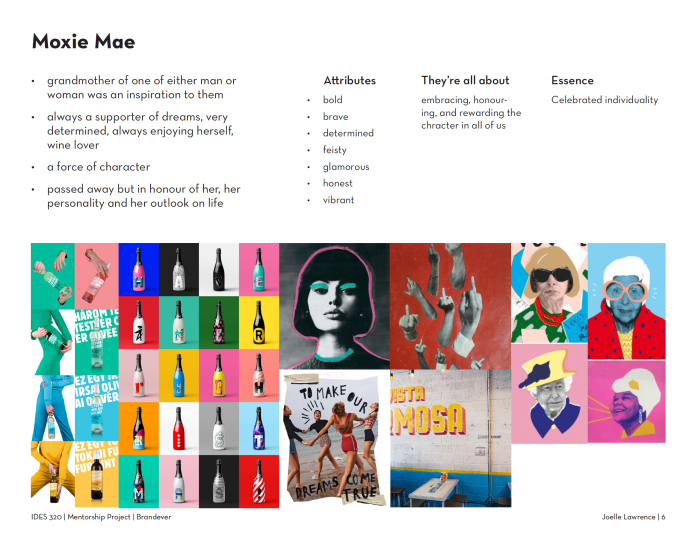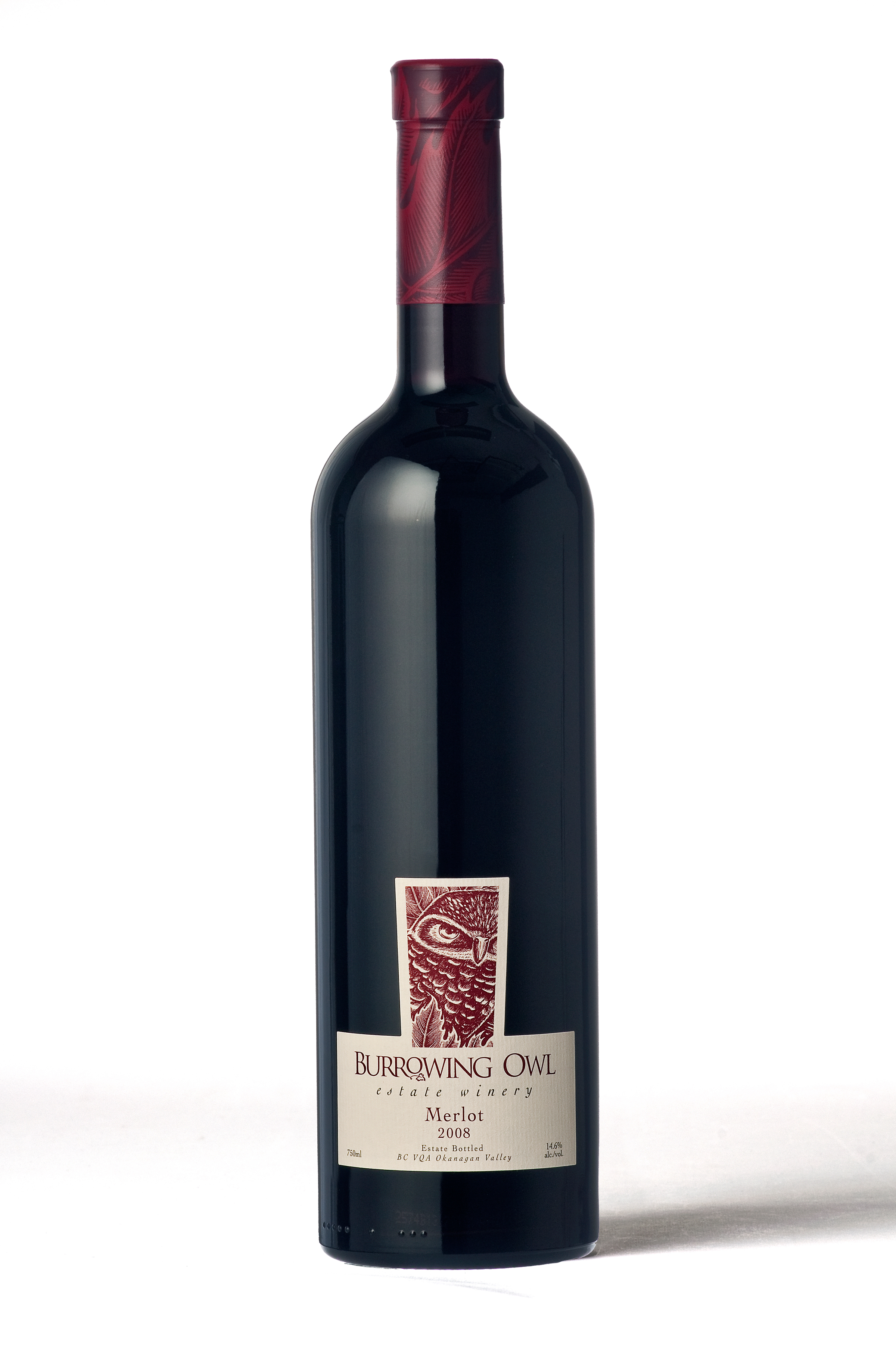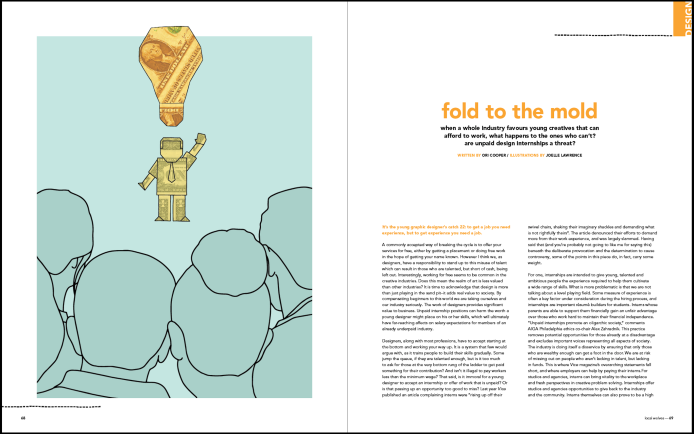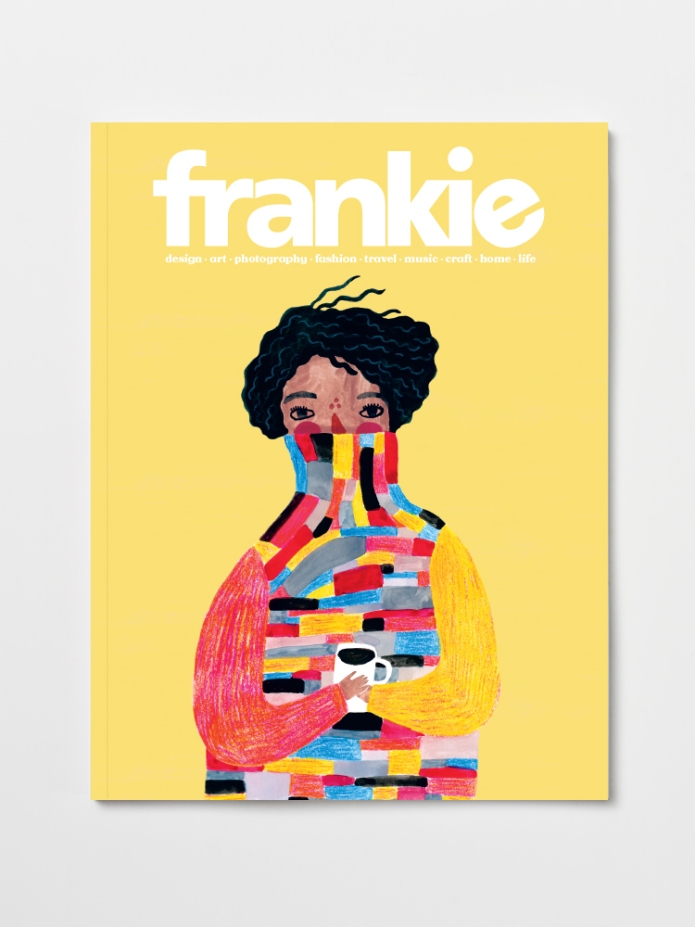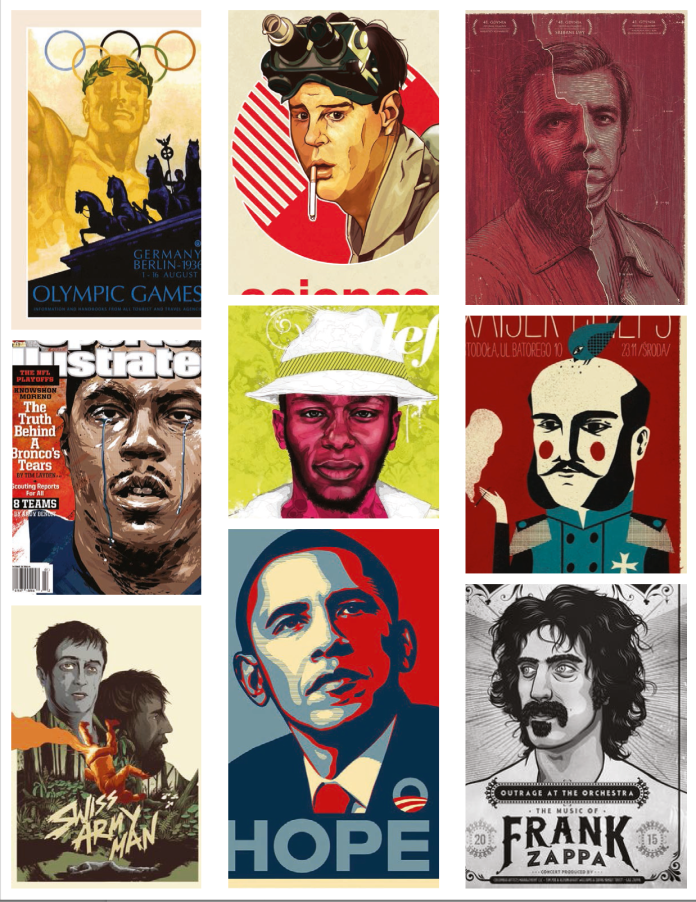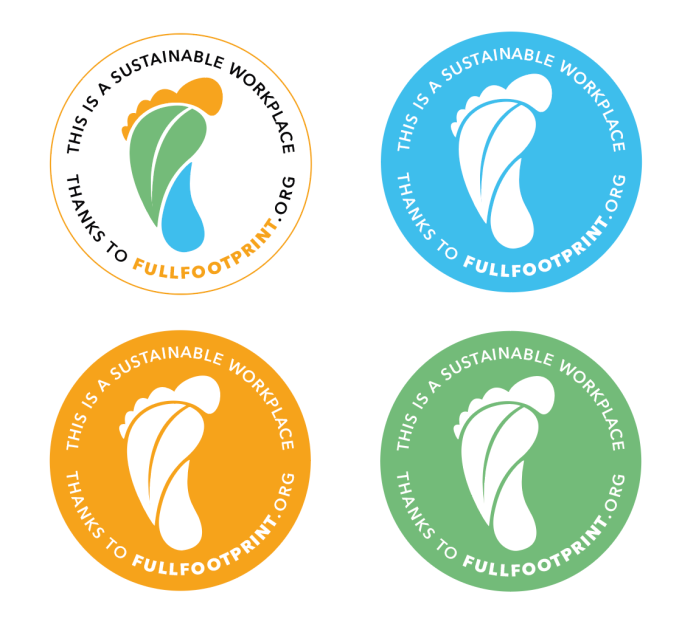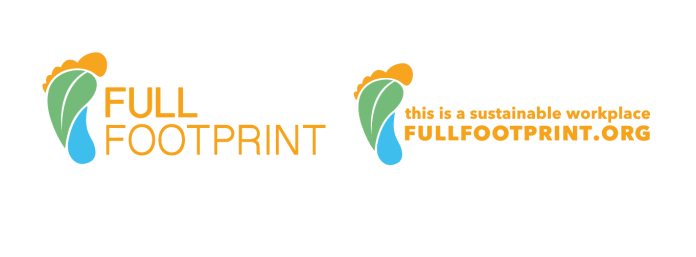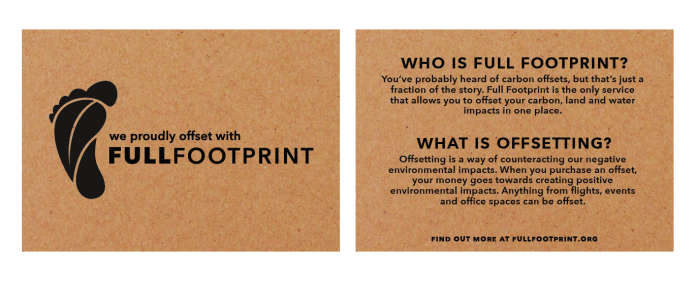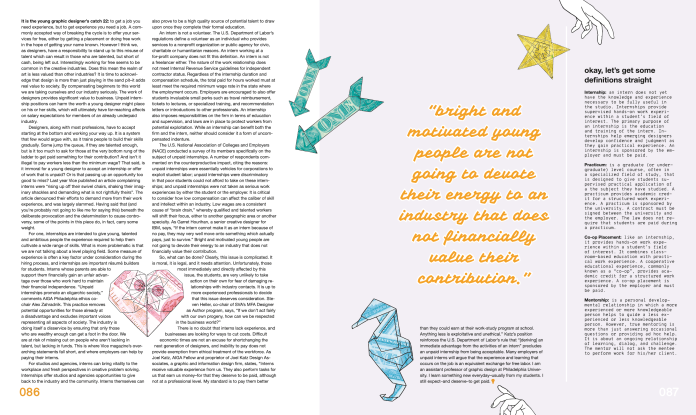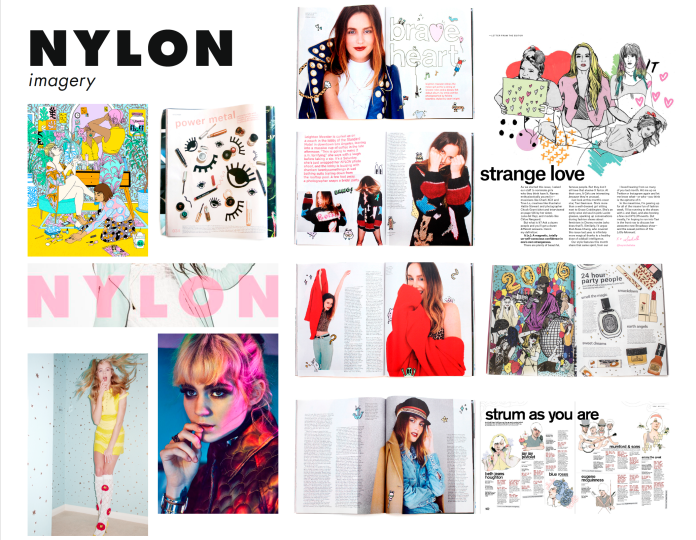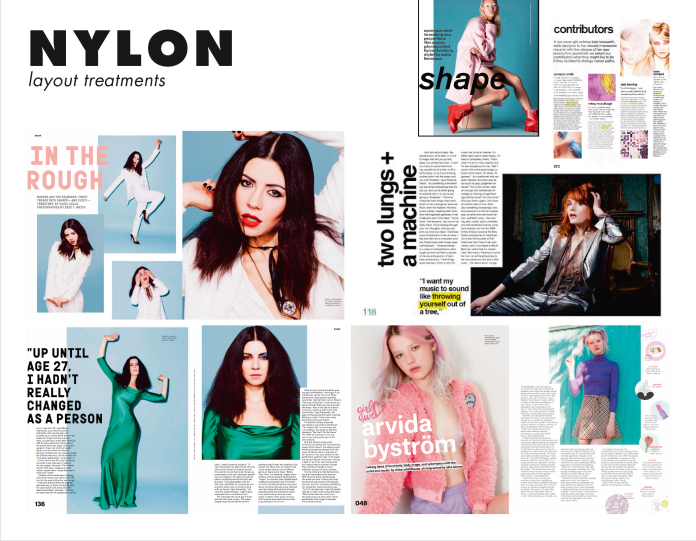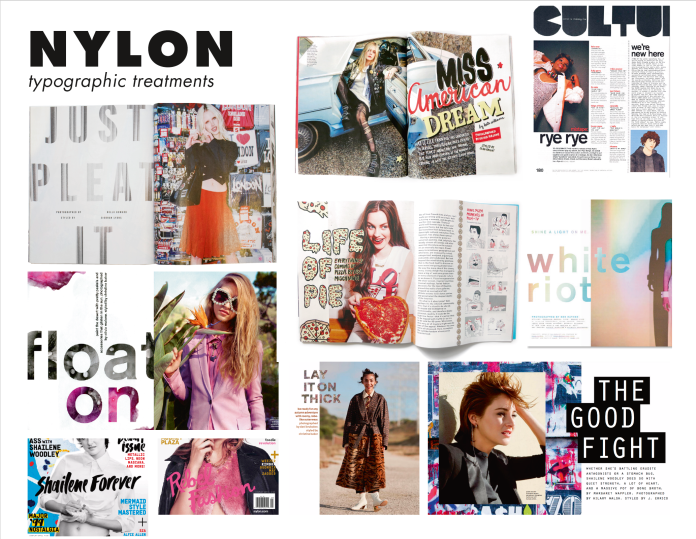The final stage! Woo hoo!
This post is all about going down memory lane, and doing some serious reflection. It’s the grading, report and evaluation stage!
Some of this may be repetitious, but I feel this was an overall rewarding and worthwhile experience (yay!). I will admit, I had my worries at the beginning for various reasons. One, is that despite my love of packaging, it doesn’t always love me. I don’t feel super good about any of the packaging assignments I’ve done so far so I was wary to try to attempt it again. Two, I heard from students and even Brandever themselves that the previous mentorship project outcomes hadn’t been extremely strong and weren’t considered for portfolio pieces. Which seems like a shame, considering how much time is put into this one project. BUT despite the odds, I feel this was successful and worth both my and Brandever’s time. Noice.
I learnt about many different things, including the limitations and strengths of the different materials and methods. Die cuts, embossing, debossing, foils, paper qualities, different types of ink, glass, the list goes on. And even though my assignment was purely fiction and therefore I could essentially do what I want, I still learnt about the restrictions and guidelines that have to be adhered to when packaging wine.
They also really encouraged me to think go big or go home. Part of Brandever’s success is their bold and punchy solutions. They aren’t afraid to take that step and redefine the ordinary. Anything that they can get away with, they will, which is one thing I loved about meeting with them and getting feedback.
Again, the most rewarding thing was finally seeing my ideas come to life (or at least more to life). And to see that this project has a lot of potential in terms of expansion. It’s exciting!
I feel the most challenging aspect was just wrapping my head around a 3D object (a pun perhaps?). That’s always the hardest part about packaging for me. Aside from the fact that there are individual restrictions on labelling and the required information, etc, there’s also just dimensional restrictions and so many things to account for.
Overall I feel as if I did fairly well with the brief given to me. I feel as if my ideation and execution could’ve been pushed, but I’m glad the project has legs and will probably still take me somewhere!
Thanks so much to Judy, and my lovely mentors at Brandever: Emily, Karen and Claire!




















